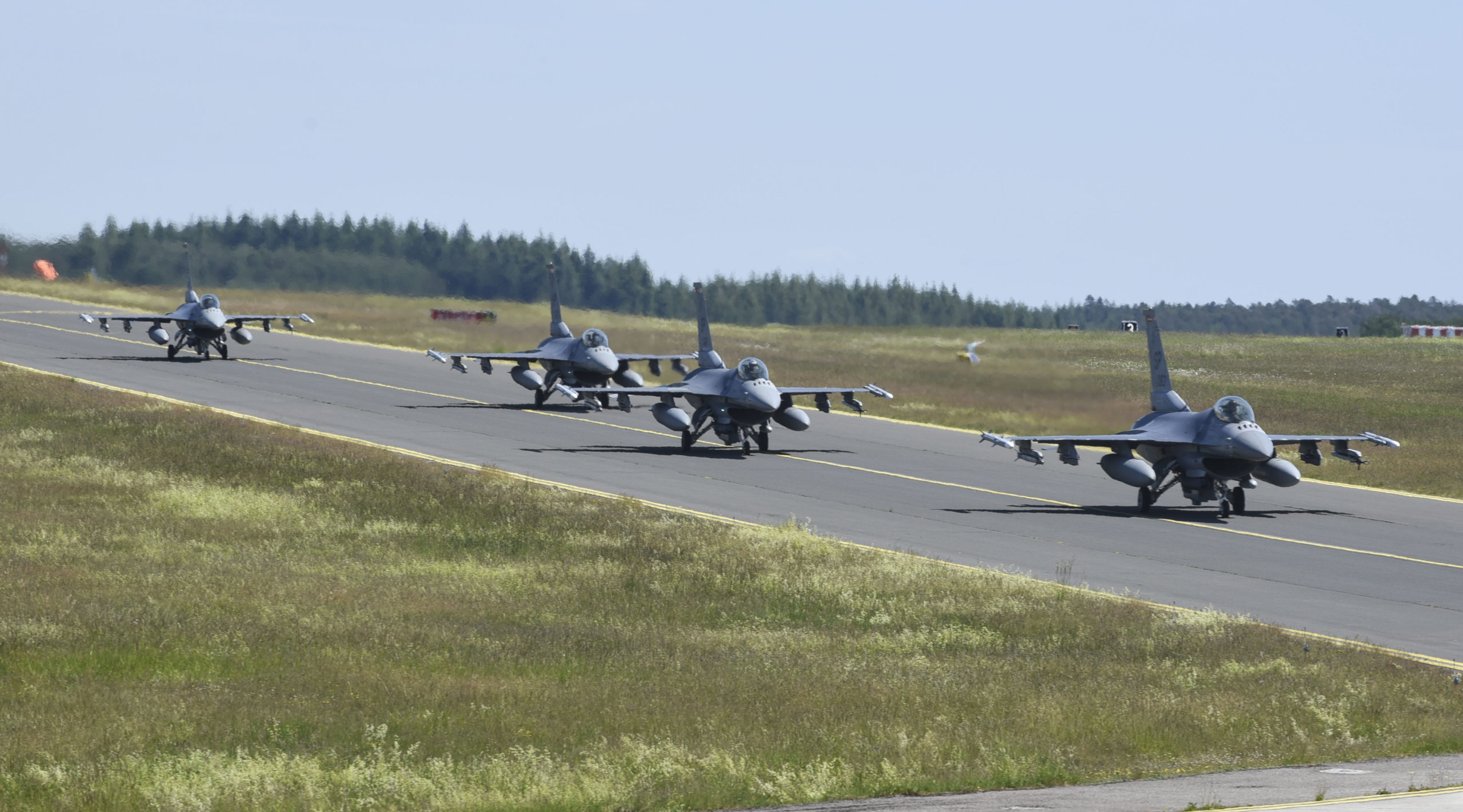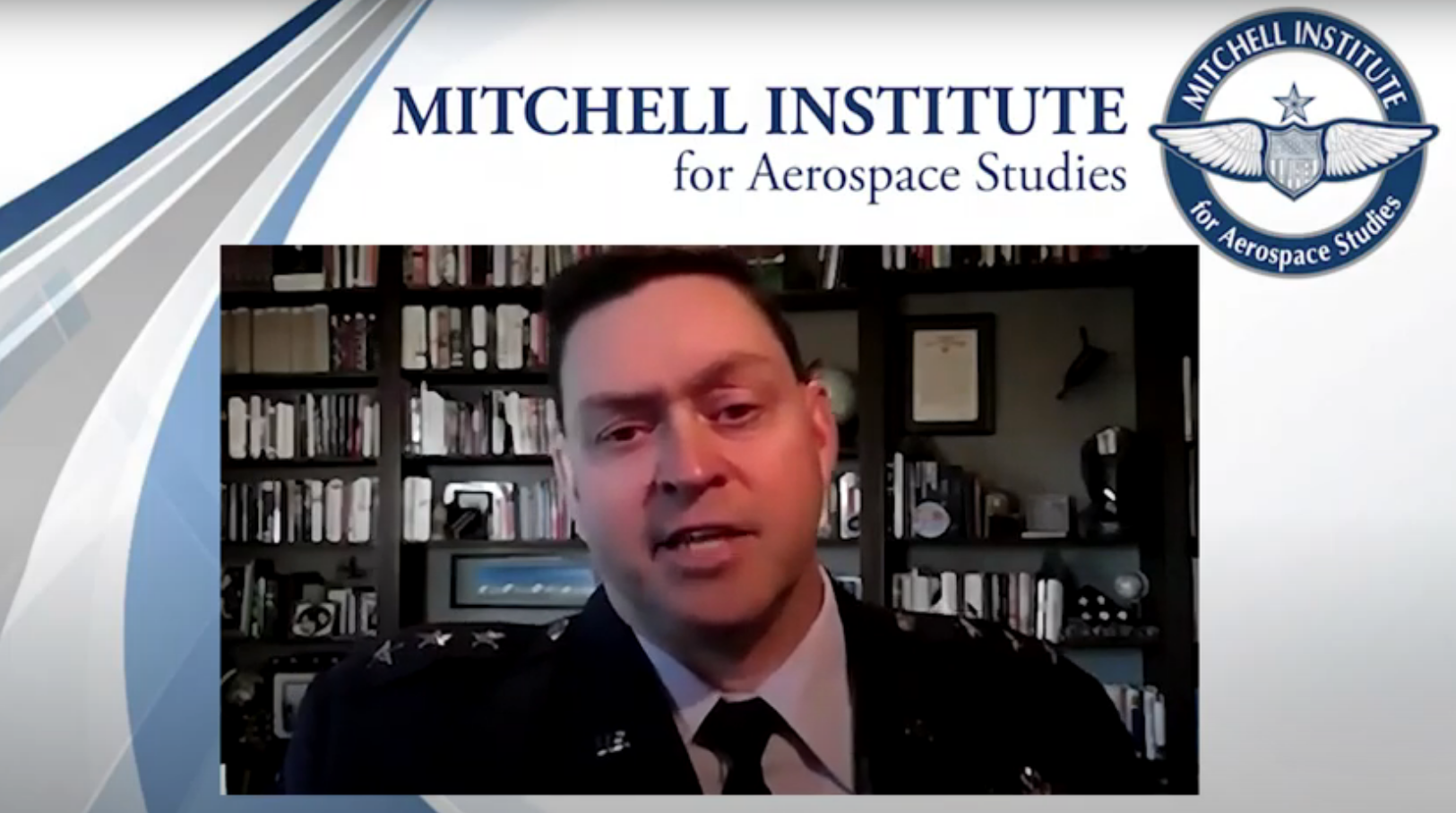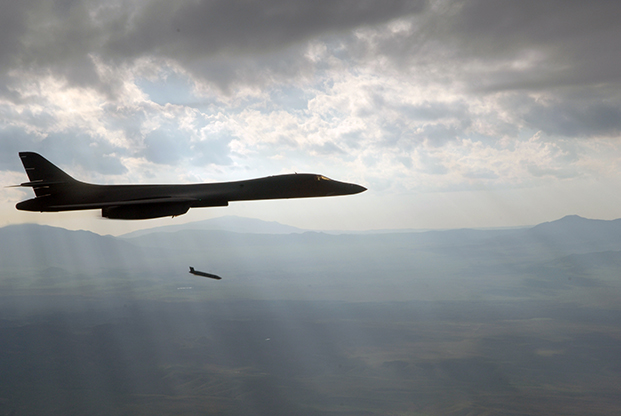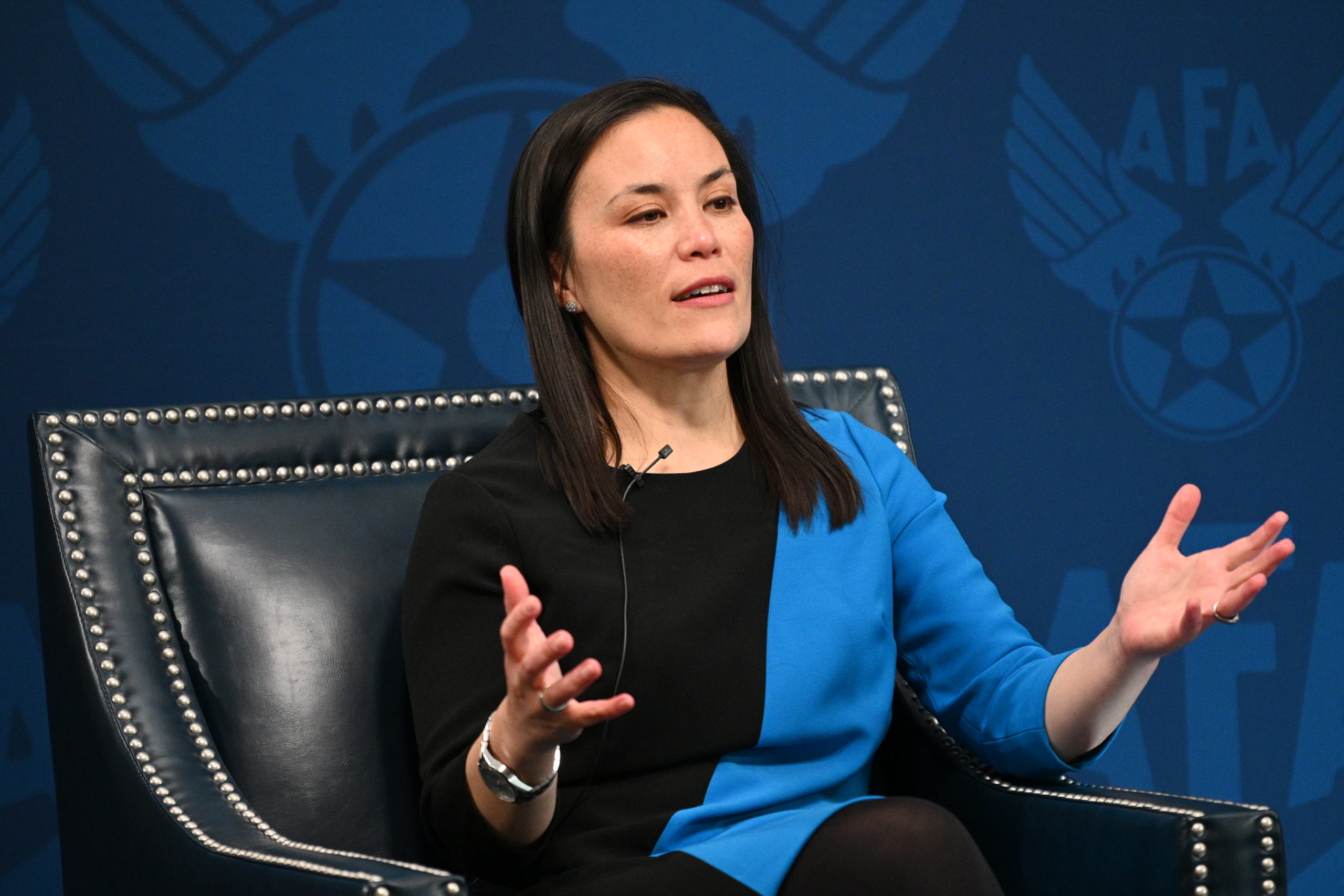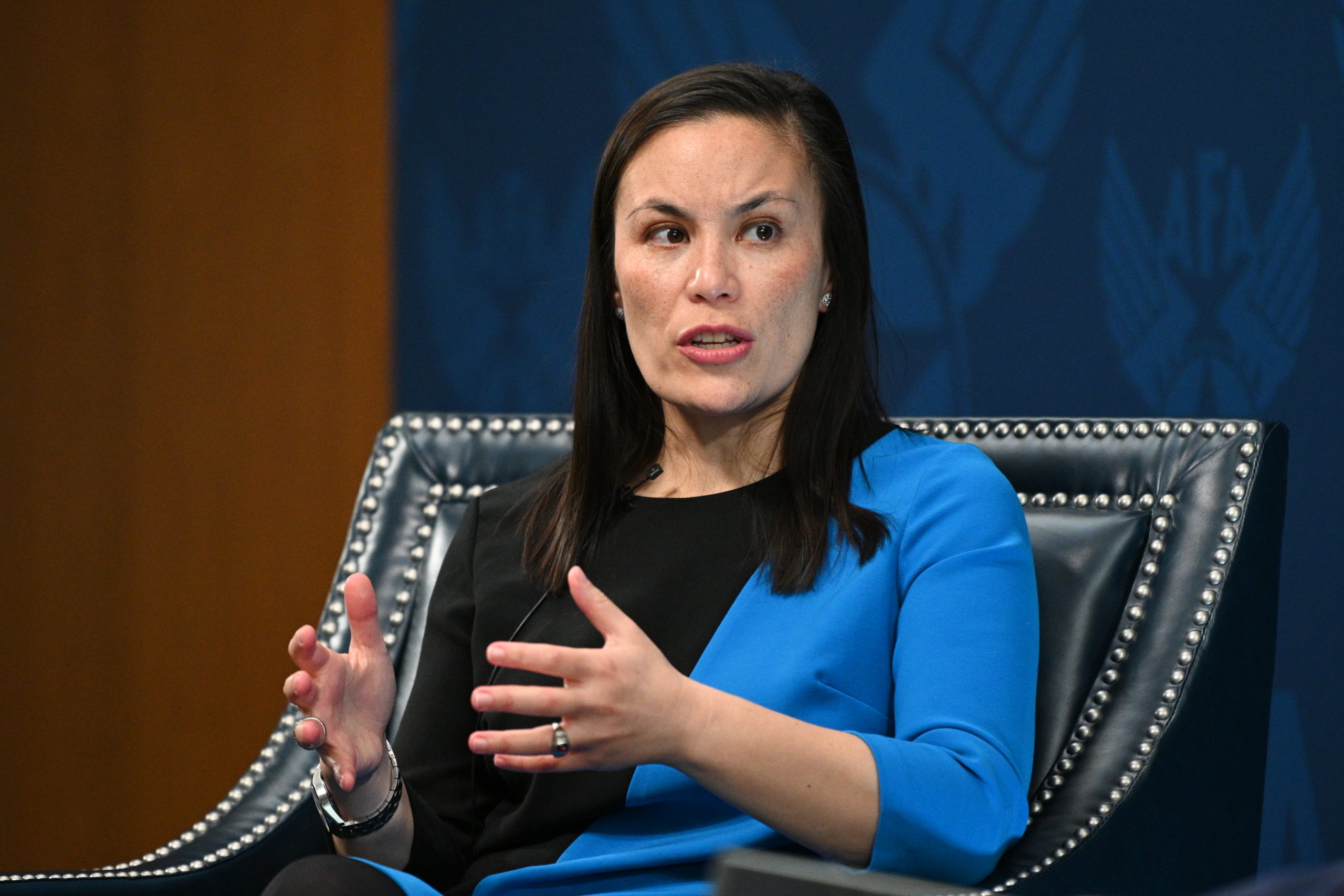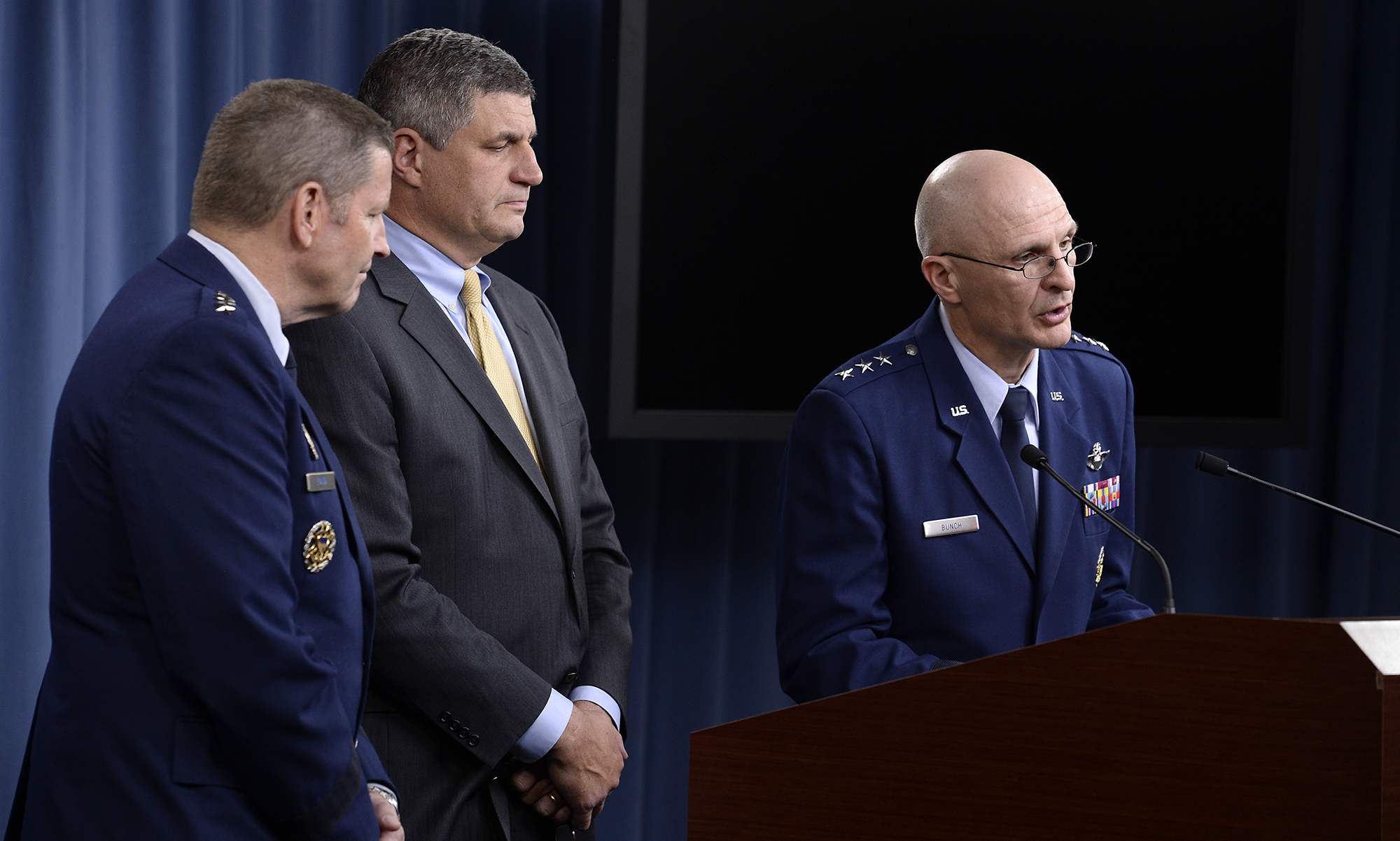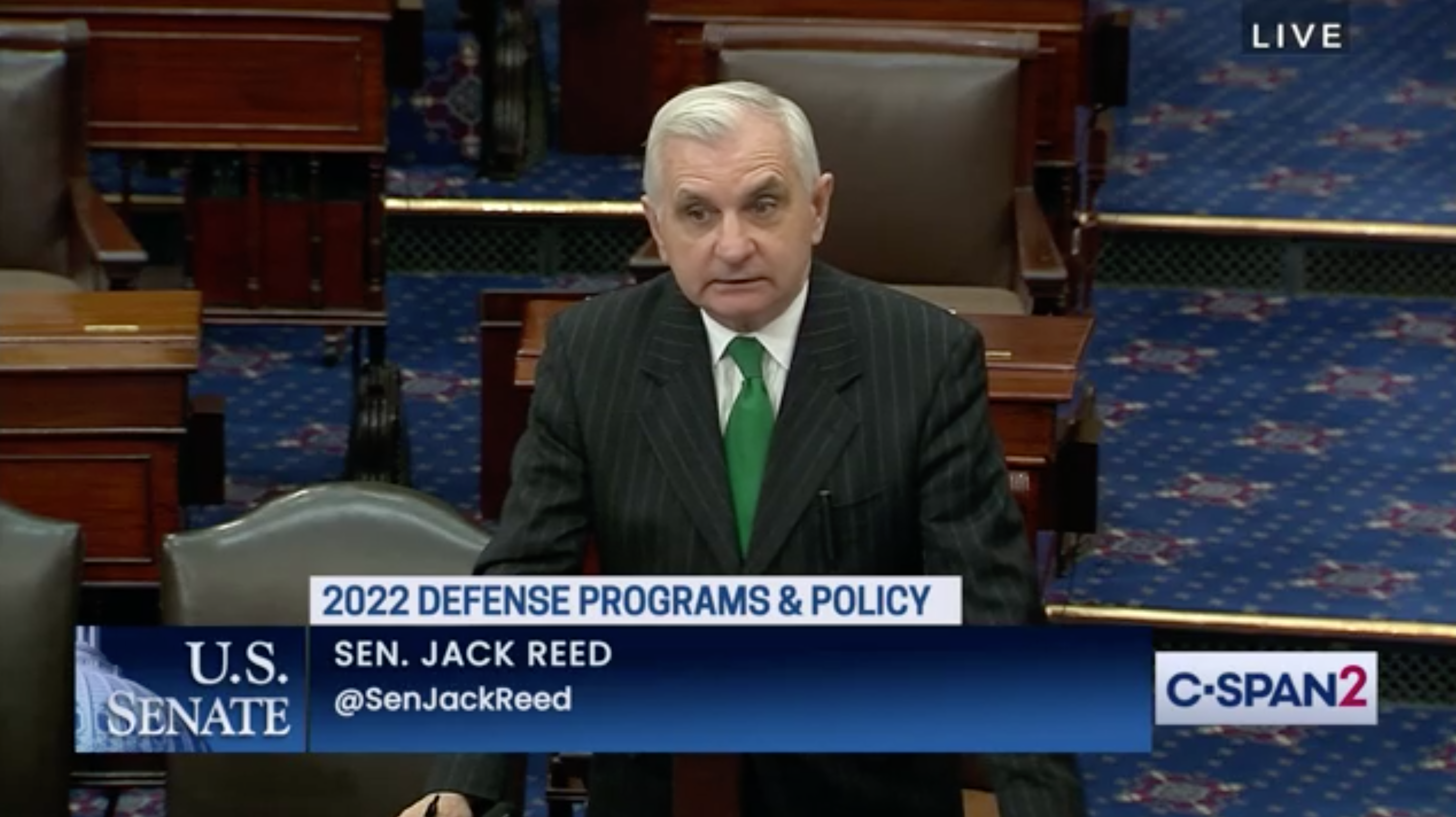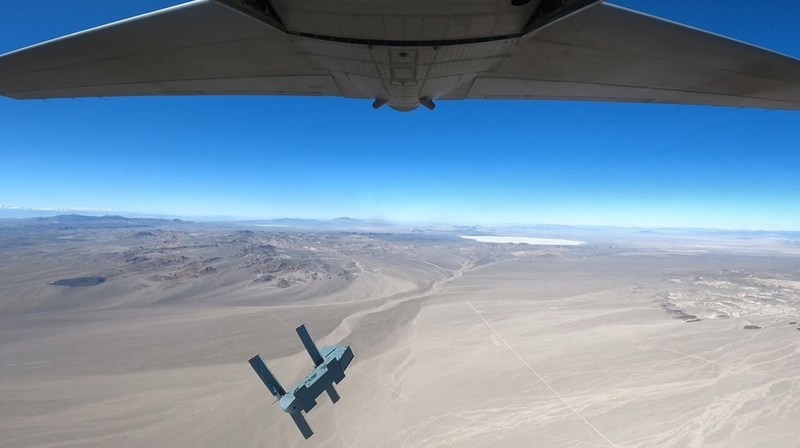With just a few days left until the current continuing resolution funding the government expires, the Department of the Air Force enumerated 16 new starts and four production increases that will be blocked until Congress appropriates money for the Pentagon’s fiscal 2022 activities. Also stymied will be seven military construction projects and the transfer of satellite communications capabilities from the Army, Navy, and Air Force to the Space Force, as well as exercises and readiness efforts.
Continuing resolutions “immediately disrupt major exercises and training events, impede readiness, delay maintenance, impose uncertainty on the workforce, curtail hiring and recruitment actions, and include inefficient and constrained contracting practices,” the Department of the Air Force said in a statement. The CR “reduces aircraft availability/maintenance, curbs modernization efforts, and hampers the continued development” of air and space systems needed for “tomorrow’s complex global security environment.”
Besides blocking new starts, “the department cannot implement new policies [or] procedures,” the Air Force said. “Not only can’t we start new programs, we can’t increase the rate of production of ongoing ones, even if that’s what our contracts call for.”
The CR, which is slated to expire on Dec. 3, also blocks “new technology development in support of national security priorities.”
The CR will hamper the standup of U.S. Space Force by blocking “Army, Navy, and Air Force transfers to Space Force for SATCOM (Satellite Communications); Facility Sustainment, Restoration, and Modernization (FSRM), and Base Operating Support (BOS),” impeding its ability to reach full operational capability and “meet mission objectives,” according to the department.
It also impacts readiness by slowing spending on FSRM projects, weapon system sustainment, and contracts until 2022 funding is approved.
Sixteen new starts are on hold, including secure, Top Secret/Sensitive Compartmented Information voice and video modifications to C-32, C-37, C-40, and VC-25A VIP transports; the Next Generation Aerial Target (NGAT); E-4B Full Motion Flight Deck Simulator; and B-1B test assets for Air Force Materiel Command.
Production Increases are blocked, including:
- F-15E Eagle Passive Active Warning Survivability System (EPAWSS) —18 units
- Small Diameter Bomb II—242 units
- E-11 Battlefield Airborne Communications Node (BACN)—two aircraft
- ICBM Fuze modification—20 units.
The CR delays seven military construction projects, including:
- Two Basic Military Training dormitories at Joint Base San Antonio-Lackland, Texas
- A Nuclear Command Control and Communications acquisition management facility at Hanscom Air Force Base, Mass.
- A Ground Based Strategic Deterrent software sustainment center at Hill Air Force Base, Utah
- A KC-46 depot maintenance hangar at Tinker Air Force Base, Okla.
- A B-21 Raider bomber facility at Ellsworth Air Force Base, S.D.
- A fire crash rescue station at Joint Base Andrews, Md.
- An F-16 mission training center at McEntire Joint National Guard Base, S.C.

